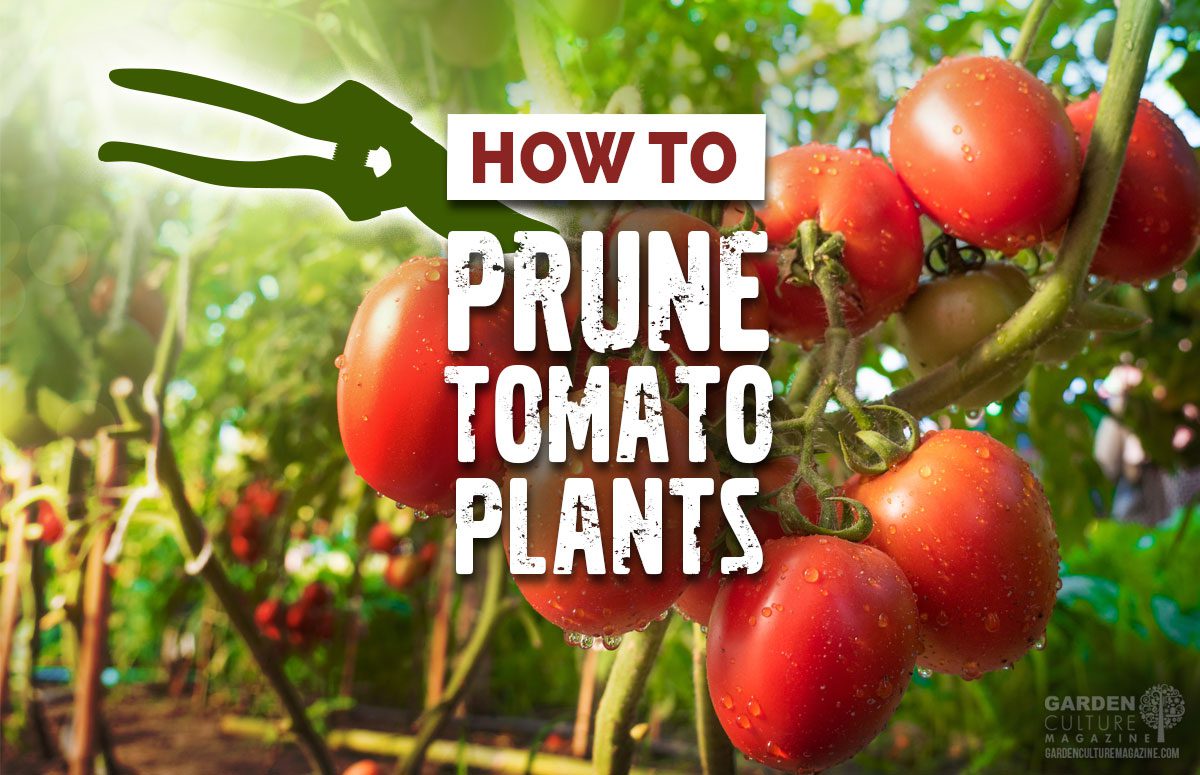

Plan to support your determinate tomatoes with a modest cage, the Florida weave, or stakes (but not pruned to a “single leader” up the stake). Determinate tomatoes do not like to be pruned, and doing so will significantly limit their production.

They bear the bulk of their fruit over a shorter period of time, and generally have a shorter growing season and lifespan. There are also semi-determinate varieties which have characteristics of both.ĭeterminate tomatoes, also known as “bush tomatoes”, stay far smaller in size (growing up to three or four feet tall). It’s key to know the difference between determinate and indeterminate tomatoes when considering a support system or training style – because the two have considerably different needs and preferences! Each tomato plant description or tag should tell you if it’s a determinate (D) or an indeterminate (ID) variety. Supporting and Pruning Determinate vs Indeterminate Tomatoes If you need more tomato tips in general, be sure to check out our tomato grow guide. This article will explore the pros and cons of using cages, stakes, trellises, string, the Florida weave, lower and lean system, and more – with tips and photos on how to execute each method!īut first, let’s lay some important groundwork about tomato varieties and pruning. Tomatoes are naturally tall, bendy, and usually unable to stand upright on their own – especially once they’re heavy with fruit! So let’s explore 7 different ways to support or train tomato plants. No matter which method you choose, all tomato plants need some type of support system as they grow.

We’ve utilized a combination of methods over the years – sometimes several different styles in one season! It simply depends on your personal preference, growing space, tomato varieties, and how involved you want to get. There is no wrong or right way to support your tomatoes! Some gardeners let their tomatoes grow wild and bushy in cages, while others prefer to keep them pruned, tidy, and trained.


 0 kommentar(er)
0 kommentar(er)
